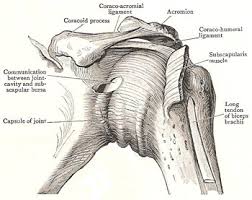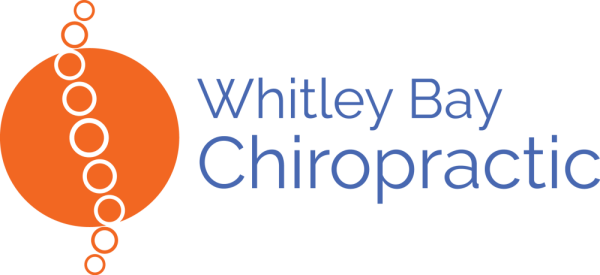Frozen Shoulder Therapy

Rule #1: Don’t wait, the sooner you get ART started the better. If a Frozen Shoulder (FS) is treated before 3 months it is usually easier to improve it. You should rule out a FS when: your shoulder hurts when you lift it sideways (and/or behind your back) and you have only had a small trauma (or no incident).
Rule #2: If you have had a FS for over 3 months it still may be helped loads with treatment, but it is often slower.
Rule #3: General shoulder exercises are not always the best option to help a FS. There is some studies that found aggressive exercise made FS worse. There are specific exercises to help maintain any range of motion gained with ART.
Rule #4: Range of motion often improves after a couple of ART treatments, but often the pain takes longer to fade.
Rule #5: If the shoulder hurts when you lift it yourself and doesn’t lift as high as normal, but goes higher and doesn’t hurt when another person lifts it you don’t have a FS.
FAQ:
1. What does ART stand for? Active Release Techniques, read What is ART?.
2. Does ART hurt for FS? In most cases only mildly.
3. Will it pass on its own? In most cases FS gets better on its own after about two years.
4. How many treatments will it take? There should be a significant increase in range of motion in two to three visits. In some cases there is gradual improvement over ten treatments or more.
5. Are there other treatments? Injections are the most common, but three recent studies found injections only provided temporary benefit.
6. How does ART compare to steroid injections in terms of effectiveness for FS? There aren’t any studies that I know of that compare the two approaches.
7. Is there a known cause for FS? No, but it is more common in people with diabetes.
Articles on soft tissue therapy I wrote or contributed to:
Telegraph Active Release Techniques for injuries
STACK New Age of Golf Training is Creating Stronger and More Athletic Golfers
Athletics Weekly Performance Therapy for Greg Rutherford
220 Triathlon Sports massage and ART differences
Vigour Magazine Sports Performance
Progenex ART for CrossFitters
FIT Institute Research based hamstring therapies
Titleist Performance Institute What Performance Therapy Looks Like For Top Golfers
Podcasts where I discuss Myofascial Release-
